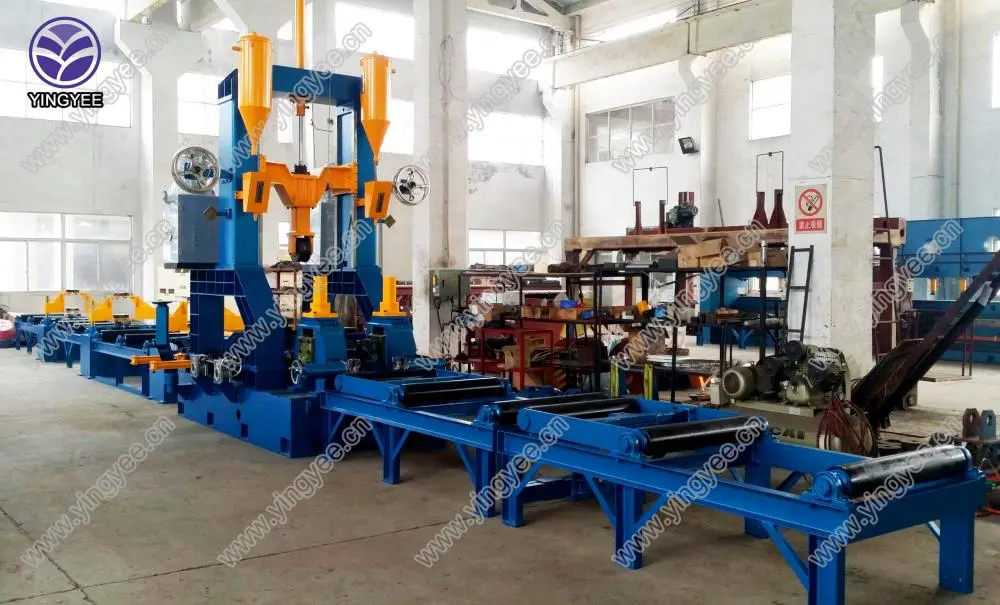
Understanding Stud and Track Frame Forming Machines
In the modern construction and manufacturing industries, efficiency and precision are paramount. One of the innovations that has significantly contributed to achieving these goals is the stud and track frame forming machine. This advanced machinery plays a vital role in the production of steel framing components, which are essential in creating resilient structures such as residential homes, commercial buildings, and industrial facilities.
What is a Stud and Track Frame Forming Machine?
A stud and track frame forming machine is specialized equipment designed to create metal framing systems, specifically studs and tracks that are used in wall assemblies. These machines automate the production process, transforming raw steel coils into precisely shaped components. The primary materials used are typically cold-rolled steel sheets that are formed into profiles through a series of processes including cutting, bending, and welding.
The components produced by this machine are not only easy to handle but also lightweight, making them suitable for a wide variety of applications in construction. They provide ample structural support while allowing for flexibility in design, an essential factor in modern architectural practices.
How Does It Work?
The operation of a stud and track frame forming machine involves several key steps
1. Material Preparation The process begins with feeding steel coils into the machine. These coils are often pre-processed to ensure optimal thickness and strength for the final product.
2. Forming Process Once the raw material is loaded, the machine draws the coil through a series of rollers that shape it into a specific profile. The rollers can be adjusted to create different stud and track sizes, accommodating various construction needs.
4. Punching and Notching Many machines are equipped with additional features that allow for punching holes or notches in the studs and tracks, which facilitate the installation of electrical wiring and plumbing, enhancing the overall utility of the framing components.
5. Quality Control Throughout the manufacturing process, quality control measures are implemented to ensure each component meets industry standards. This can involve automated inspection systems or manual checks by operators.
Benefits of Using Stud and Track Frame Forming Machines

Investing in a stud and track frame forming machine offers several advantages for manufacturers and builders
- Increased Efficiency Automation significantly speeds up the production process compared to traditional methods of manual framing. This efficiency translates to cost savings and quicker project turnaround times.
- Precision and Consistency The machine delivers consistent quality and precision in dimensions, reducing the likelihood of errors that can occur in manual fabrication. This ensures that all components fit together seamlessly during assembly.
- Versatility The ability to produce various sizes and shapes of studs and tracks makes this equipment highly versatile. Manufacturers can easily adjust the machine settings to cater to specific project requirements.
- Reduced Waste The forming process is designed to minimize material wastage, which is crucial in an industry that constantly strives for sustainability. By optimizing the use of raw materials, companies can also lower their costs.
Applications in Construction
Stud and track framing systems are widely used in a variety of construction applications including
- Lightweight Residential Construction They are ideal for building non-load bearing walls and partitions in homes and apartments.
- Commercial Buildings Many office spaces and commercial properties utilize metal framing systems for their durability and cost-effectiveness.
- Industrial Projects Factories often require robust framing solutions, and stud and track systems provide the necessary strength.
- Renovations In remodeling projects, using these framing systems can simplify the construction of new walls and partitions.
Conclusion
The stud and track frame forming machine is an indispensable tool in the construction and manufacturing industry. By automating the production of studs and tracks, it enhances efficiency, precision, and versatility. As the demand for lightweight and strong building materials continues to rise, these machines will play an increasingly vital role in shaping the future of construction. Innovative technologies in this field represent significant advancements, providing builders with the tools necessary to meet the growing challenges of modern-day construction projects.